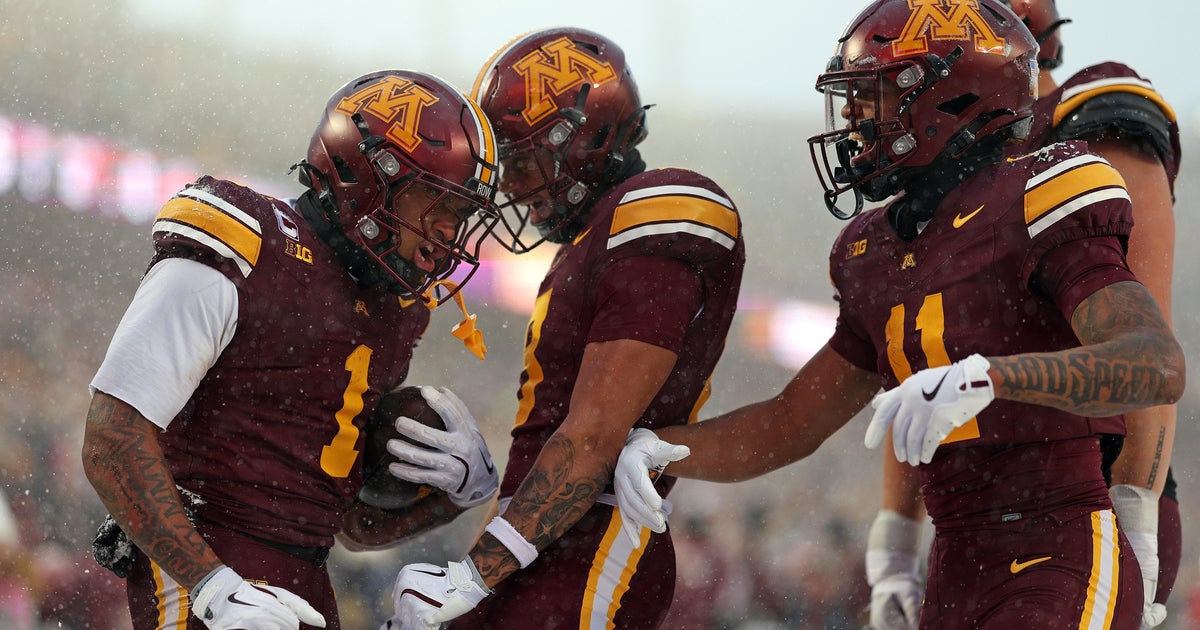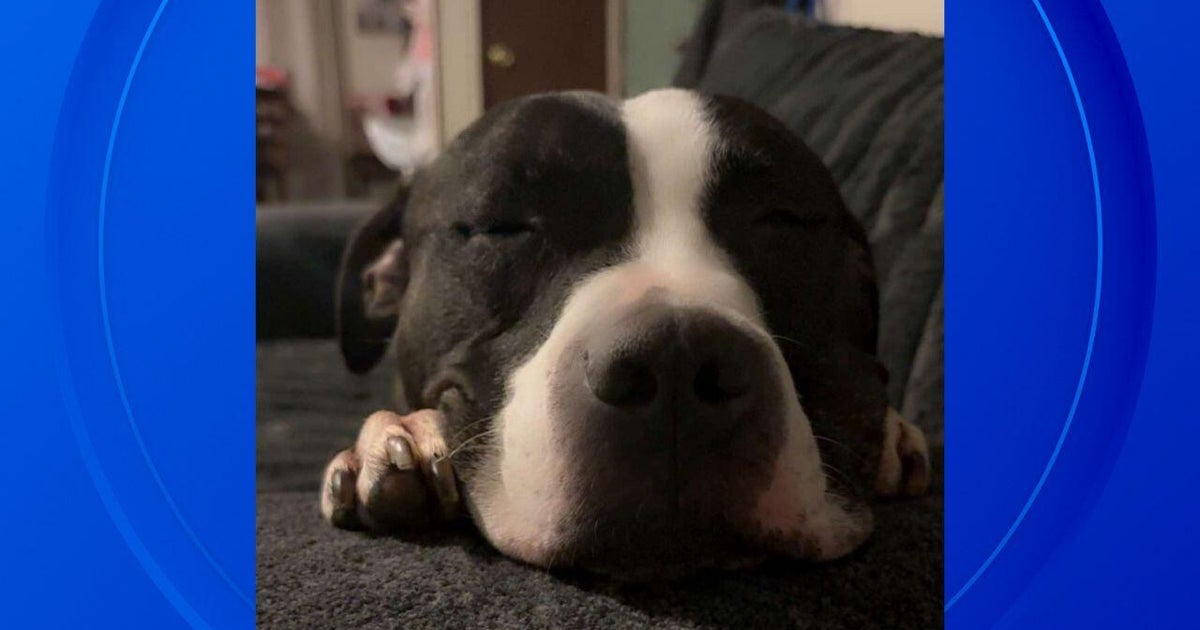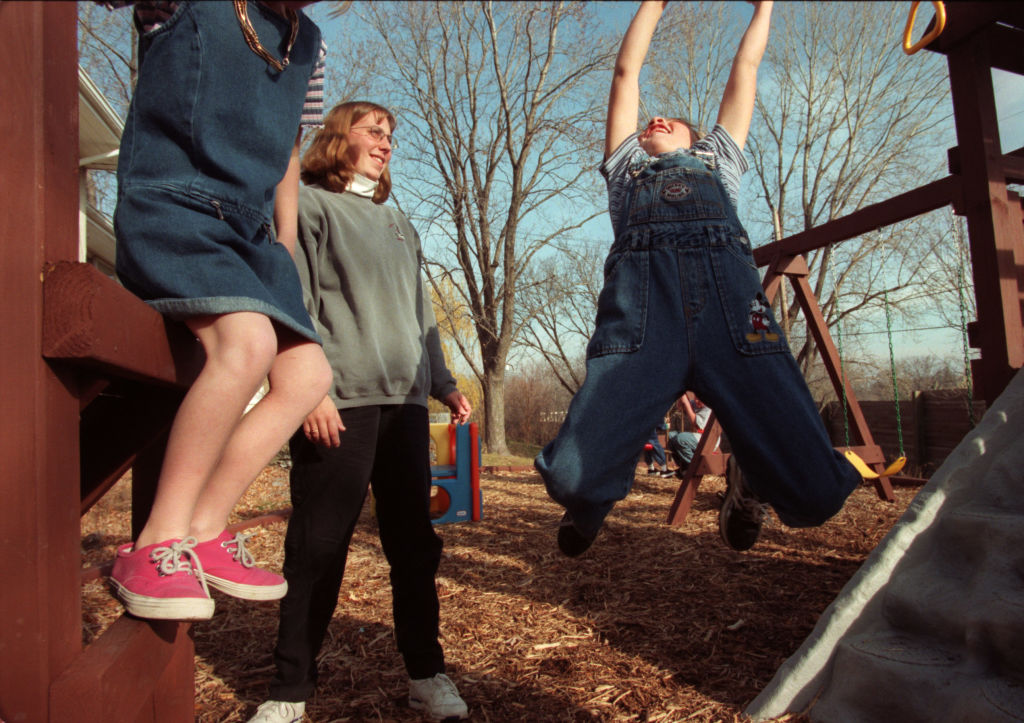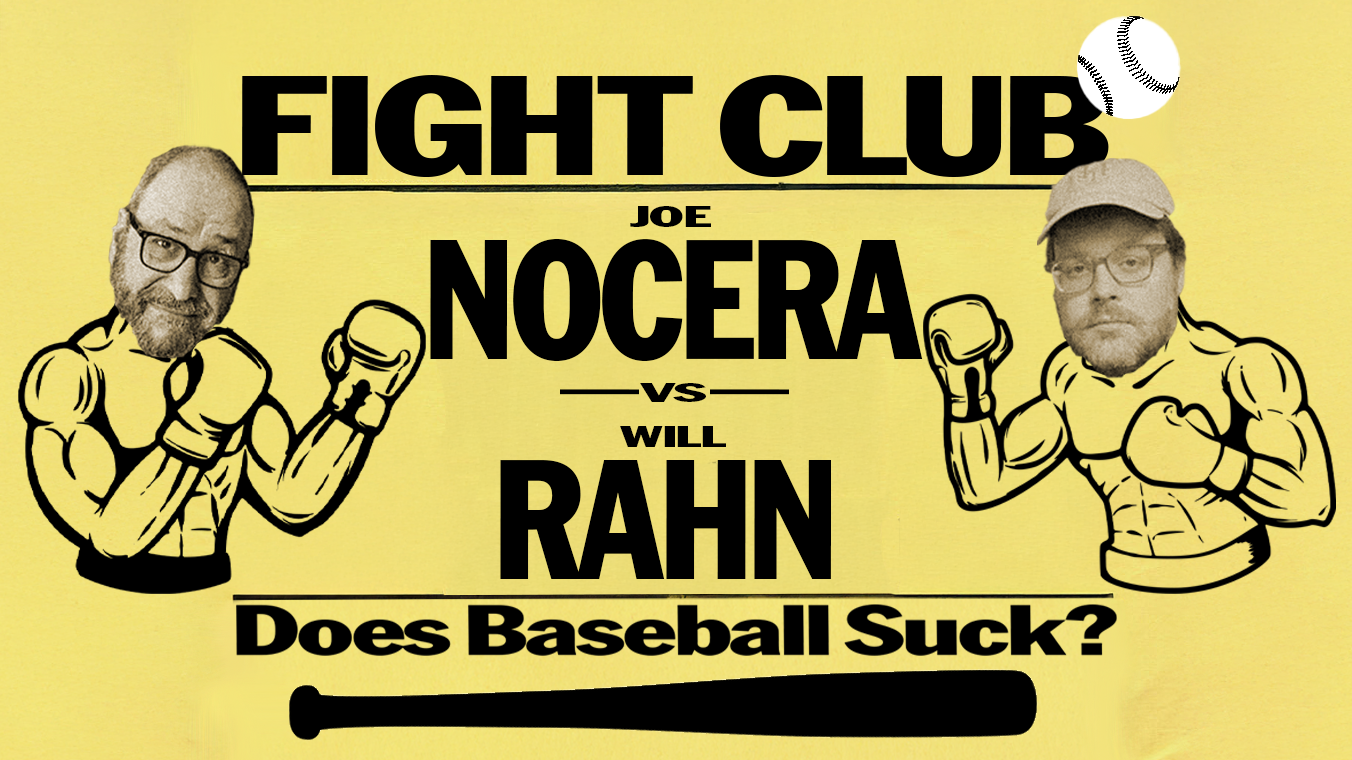COVID-19 driving renewed interest in golf as Americans seek virus-free pastimes
Mark Twain famously described golf as "a good walk spoiled." Try telling that to the legions of Americans suddenly embracing the game as the coronavirus curtails the recreational and leisure activities that are considered safe.
Unlike sports like football, soccer and basketball, hitting the links allows for plenty of social distancing, while mask-wearing is a snap given golf's leisurely pace. It can even be played alone, making golf an ideal pandemic pastime for those who can afford it.
In September, golfers played 12 million more rounds in the U.S. compared to a year ago, a 26% jump, according to Golf Datatech, a market research firm. That's a welcome boost for a sport whose popularity has been on the wane in recent years.
"Golf started on a good note in terms of rounds in January and February, and then a ton of the things that compete with golf for time, attention and money — like trips and the plethora of leisure activities and work and personal commitments — were eliminated," said David Lorentz, chief research officer for the National Golf Foundation. "Add in favorable weather and the COVID-induced demand for escape, and we've got the past five months."
Booming sales
Renewed interest in golf is driving a jump in equipment sales. In August, consumers spent a record $331 million on clubs, balls, gloves and other gear — that was up 32% over the year-ago period and topped the previous sales record for that month in 2006, according to Golf Datatech.
For the first 10 months of 2020, golf equipment sales were up nearly 30% compared to the same period last year, Matt Powell, an analyst with market research firm NPD Group, told CBS MoneyWatch. Training tools, such as hitting screens, swing aids and putting matts are up 75% as enthusiasts practice their technique away from the golf course.
The millions of Americans now working from home because of the virus is also boosting golf, with more people sneaking away from their desks to play a quick nine holes.
"People's idea of working from home was a euphemism for, 'I'm on the tee at 10 o'clock every day," said Gene Mulak, director of golf at Silver Spring Country Club in Ridgefield, Connecticut.
Mulak, who has worked as a head golf pro since 1996, said this season has been his busiest ever. Last year, 16,500 rounds were played at the Fairfield County golf course. This year, members and guests are on track to play 23,000 rounds, he said.
Let's play nine
The number of so-called short loops as a percentage of complete rounds played is up more than 15% in 2020, according to the National Golf Foundation.
"This challenges the assumption that golf is an 18-hole sport. People are starting to see the beauty of carving out two hours for nine holes instead of three or four," said Lorentz of the National Golf Foundation. "That could be a real positive for the industry coming out of the pandemic.
Just a few years ago, interest in golf had slumped to the point that industry leaders began experimenting with changes to the game, including introducing 15-inch holes, almost four times the diameter of a standard hole, to make it easier to sink puts and speed up the pace of play.
Now, Rick Marotta, a musician and avid golfer said he has played more rounds this year than ever before. "Being outdoors seemed safer, and there wasn't much else to do," he said.





